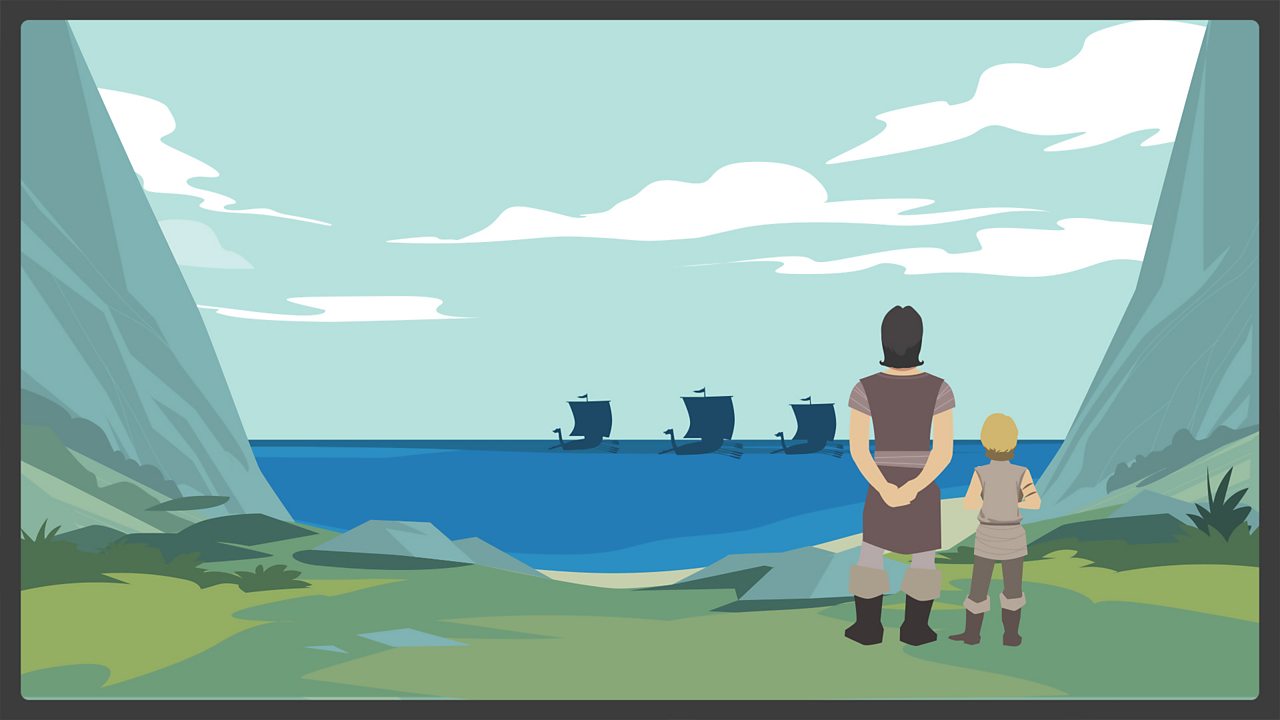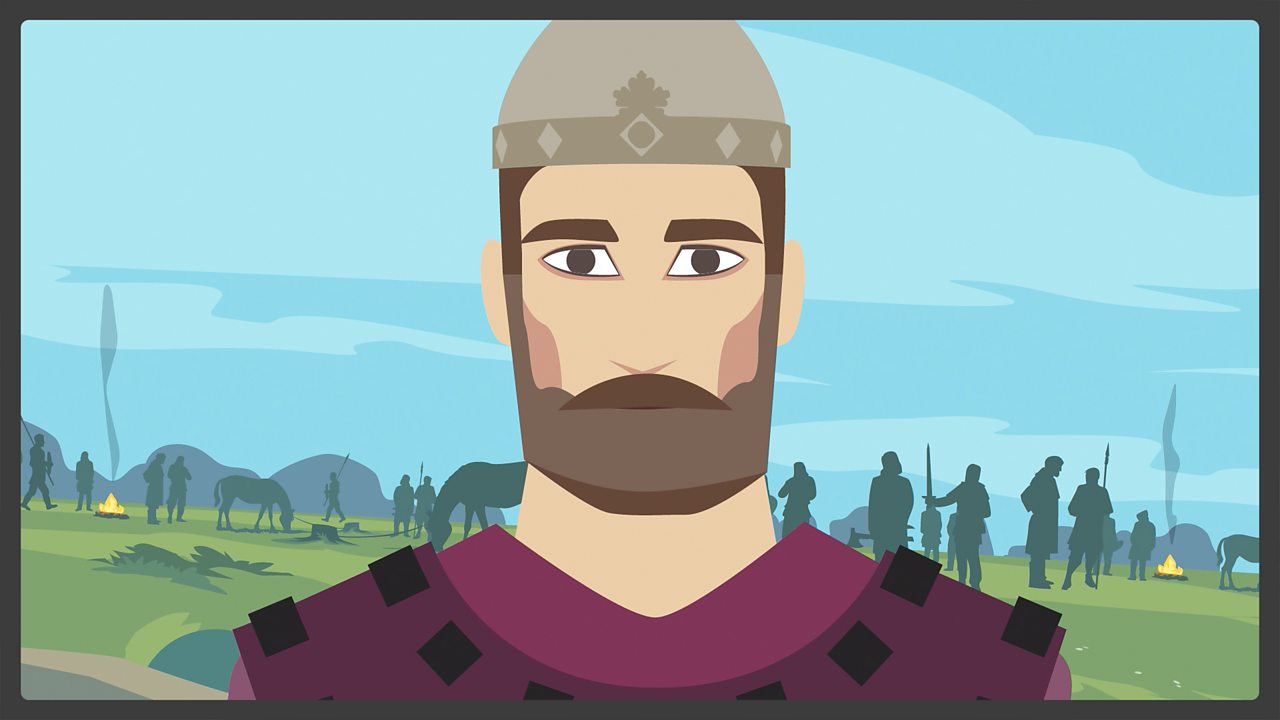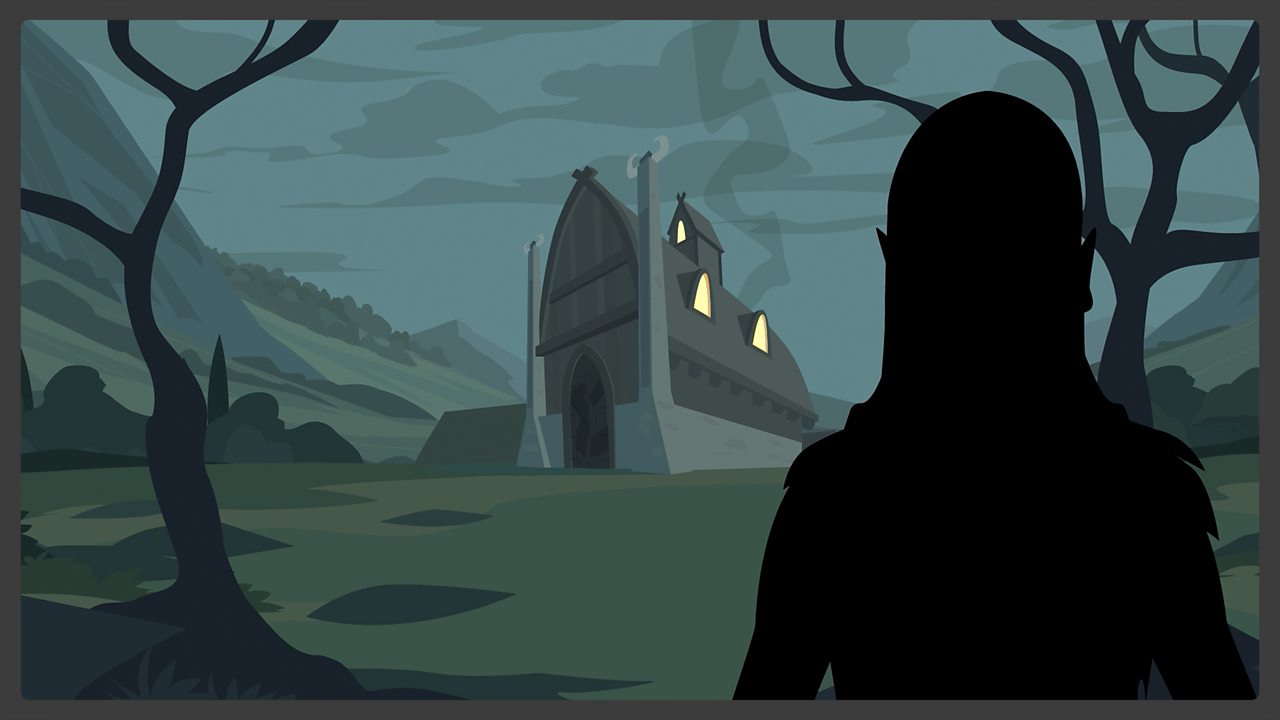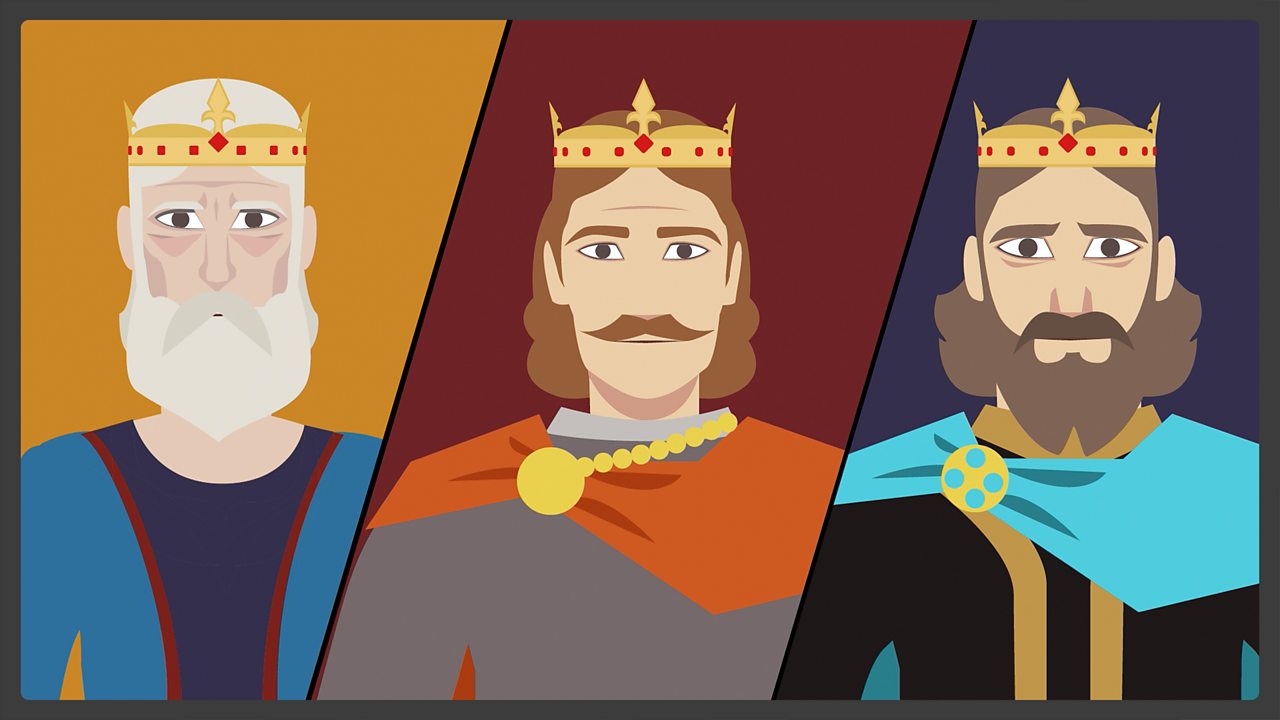History KS2: The Anglo-Saxons
BBC Teach > School Radio > History > The Anglo-Saxons
Arrival - Alfred the Great - Athelstan - Beowulf 1 - Beowulf 2 - Beowulf 3 - 1066
Seven dramas exploring the time of the Anglo-Saxons in England, including the story of Beowulf.
The Anglo-Saxons
Notes from BBC Bitesize...
The last Roman soldiers left Britain in 410. New people came in ships across the North Sea - the Anglo-Saxons. The Anglo-Saxon age in Britain was from around AD410 to 1066.
They were a mix of tribes from Germany, Denmark and the Netherlands. The three biggest were the Angles, the Saxons and the Jutes. The land they settled in was ‘Angle-land’, or England. If we use the modern names for the countries they came from, the Saxons were German-Dutch, the Angles were southern Danish, and the Jutes were northern Danish.
Anglo-Saxon children had to grow up quickly. By the time they were ten, they were seen as an adult. This wasn’t always a good thing. They had to work as hard as any adult and would be punished as adults, if they stole or broke the law. Girls worked in the home. They were in charge of housekeeping, weaving cloth, cooking meals, making cheese and brewing ale. Boys learned the skills of their fathers. They learned to chop down trees with an axe, how to plough a field and how to use a spear in battle. They also fished and went hunting with other men from the village.
Only a few girls and boys learned to read and write. The sons of kings or wealthy families might be taught at home by a private teacher. The only schools were run by the Christian church, in monasteries. Some children lived there to train as monks and nuns. Farming was the most common occupation. All the family had to help out - children. Men cut down trees to clear land for ploughing and to sow crops. Farmers used oxen to pull ploughs up and down long strip fields. Children with dogs herded cattle and sheep. They also kept a lookout for wolves - which still lived in Britain at this time.
The Anglo-Saxons were great craftsmen too. Metalworkers made iron tools, knives and swords. Woodworkers made wooden bowls, furniture, carts and wheels. Potters made pottery from clay. Jewellers made beautiful brooches, beads and ornaments from gold, gemstones and glass.The Anglo-Saxons had armies too. But their soldiers didn’t fight all the time. After a battle they went home as soon as they could and looked after their animals and crops.
See also...
BBC Teach > School Radio > History > The Anglo-Saxons
Arrival - Alfred the Great - Athelstan - Beowulf 1 - Beowulf 2 - Beowulf 3 - 1066






